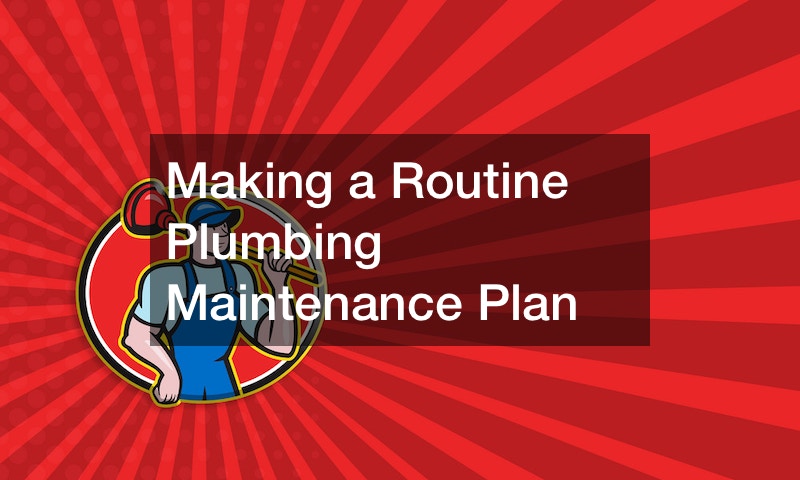Routine plumbing maintenance plan P>What should you include
The first step is to ensure that the plumbing fittings and components work correctly. It is important to inspect every part for damage, wear or degrade and check that the connections are tightened. It is crucial that pressure of water is monitored regularly in order to find any issues prior to they become serious. It is also important to look any indications of leaks or drips from faucets that could indicate a more serious problem down the line.
In addition to checking for any physical problems with your plumbing system, it is recommended that you are also required to conduct regular checks that include both cold and hot water temperatures in order to be sure the system is operating efficiently. You should also make sure that your drains are clean of obstructions. If required, you can employ drain snakes and plungers to examine them. This is to prevent backups and blockages down the line. If you notice cracks in fixtures like toilets, showerheads, or other plumbing components which may require to be repaired later on in the future, it’s important to check them to see if they are damaged. These steps will ensure that you are at peace and that your plumbing system is maintained properly.
Roof and Gutters
When it comes to routine plumbing maintenance one of the main areas to be focused on is the roof and gutters. Inspections on both of them regularly could help to avoid significant repair costs or damage to come up with any issues that could arise early. While inspecting your roof it is important to check for signs of wear, such as gaps, cracks, missing shingles and nails that have become loose which may lead to leaks if left to deteriorate. Additionally, be sure to inspect the seals on chimneys or other key structures to see if there are any damages that could have occurred over time due to storms or weathering.
Another issue to watch out for is the way you handle yourself.
lcxk4bkx1t.

